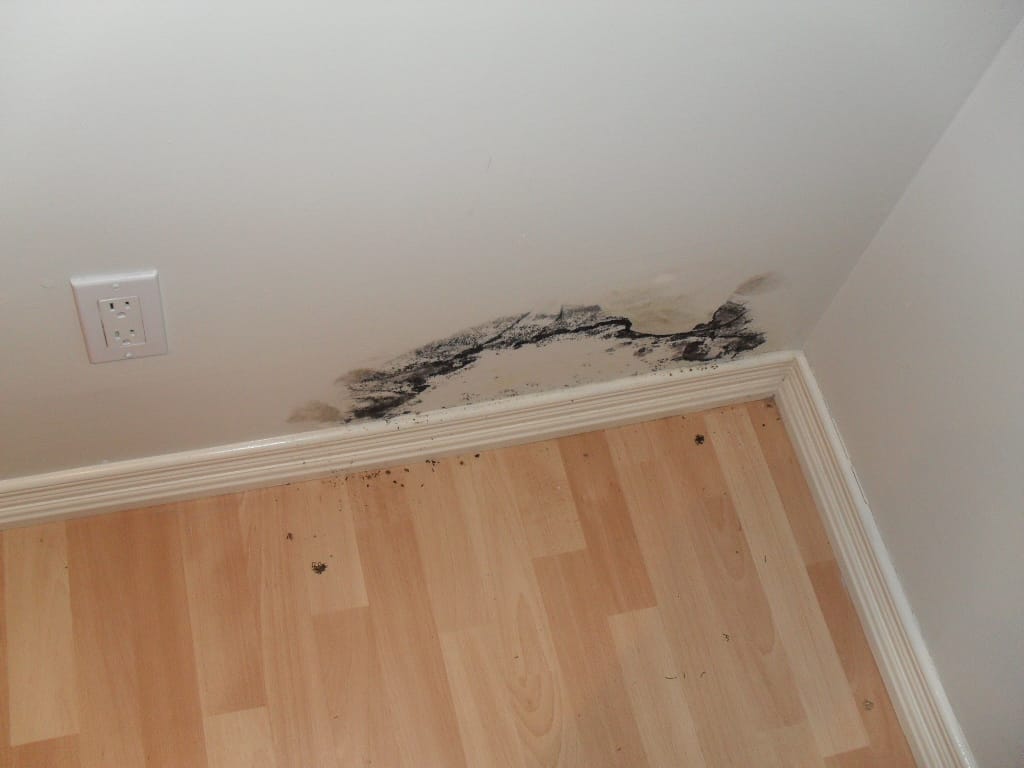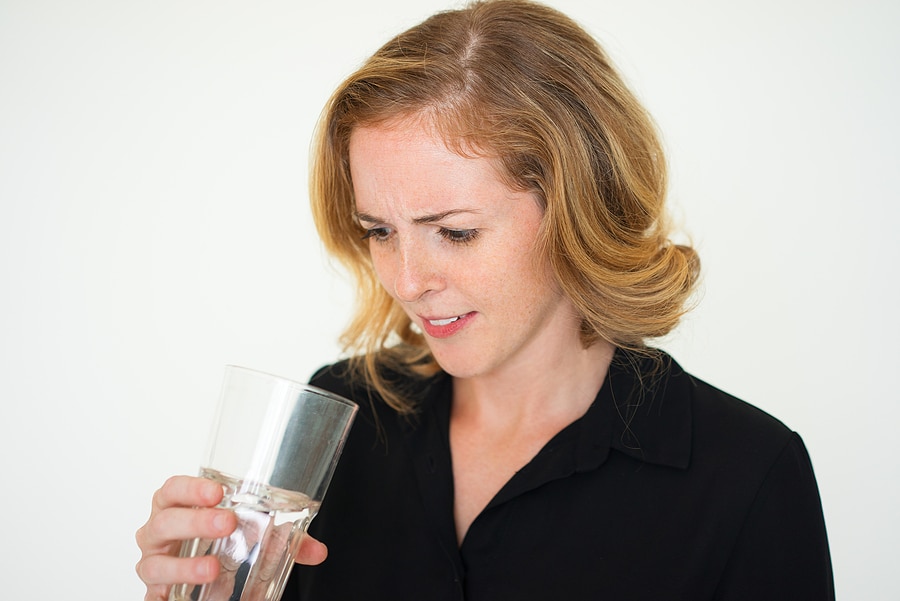Mold and mildew are both types of fungi that can grow within a home, but how are they different—and how do they each affect our health? At TLC Home Inspections, we often have to deal with this issue since mold inspection is part of what we do.
Understanding what makes mold and mildew different can help you protect both your house and your health.
Appearances
Mold tends to be slimy or fuzzy and tends to grow in different-colored patches. It can be brown, gray, blue, white, black, green, or yellow. Mildew, however, is more powdery and has a “flat” growth pattern. Powdery mildew is white, then turns yellow, then turns black. Mildew can also be “downy”- it is yellow, then turns brown.

Similarities
Mold and mildew both make their homes in damp, humid places where they can grow and thrive. Here they can spread very easily and live off of plants, drywall, wood, or soil.
Where It Lives
Mold can literally live on any organic surface within a house, including walls, pipes, floors, and ceilings. If it’s neglected for too long, it can rot the surface that it’s growing on. Mildew can live on organic surfaces too, but it also lives on plants—which it can kill if not properly removed in time.
Health Risks
Mild to severe health issues in both humans and animals can be caused by mold, including sinus problems, sneezing, coughing, wheezing, sore throat, migraines, itching, rashes, and fatigue. Mildew exposure can create problems similar to this, but not as many. Usually, mildew symptoms are limited to coughing, headaches, sore throat, and breathing issues.
Another similarity of mold and mildew is that they can both get out of hand if neglected for too long. If you suspect you have a mold or mildew problem, contact TLC Home Inspections at (512) 515-3686 to schedule an inspection. Proudly serving the Austin, Georgetown, and Round Rock, TX, areas, we will inspect your home and determine if you have a mold problem. Be sure to ask about our MoldSafe agreement!










